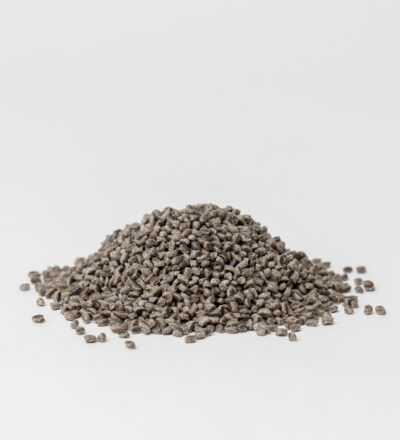Every year, huge amounts of tertiary cellulosic waste (post-consumer or contaminated) end up unnecessarily in landfills or incinerators. This results in high CO2 emissions and costs. The Advanced Carbohydrate Biorefinery (ACB) project offers a solution. We will utilize these residual flows to establish a new value chain for polylactic acid (PLA): a bioplastic with the potential to replace fossil-based materials.
Bioplastics from complex waste
Instead of incinerating cellulose-rich waste streams, the ACB project turns them into PLA with real-world applications – including self-healing concrete. In addition, chemical recycling of post-consumer PLA back to Lactic Acid (LA) will be developed. This will create an alternative source for LA.
245kton CO2 savings per year
This project takes a system-wide approach that not only delivers innovation, but also measurable climate impact. The implementation of this technology by the project partners will result in saving up to 245 kilotons of CO₂ emissions per year.
This project allows us to demonstrate the possibility of making bioplastics from complex waste. This can show that low-grade raw materials are suitable for the production of high-performance materials, using efficient process technology.
Jules Rombouts, Co-founder & CTO Natures Principles
A unique project
What makes this project unique is that every step in the PLA value chain, from raw material to end product, is developed and tested within a single, integrated consortium. The consortium consists of Green Basilisk, Hanze, HVC, Nature’s Principles, Recell, TotalEnergies Corbion, Torwash, University of Groningen and VITO. The project is coordinated by the Institute for Sustainable Process Technology (ISPT). Funding is provided by the Ministry of Climate and Energy’s Groene Groei programme and the Biobased Circular Growth Fund.
Acknowledgement
Funding is provided by the Ministerie Klimaat en Groene Groei and the Biobased Circular Growth Fund.
